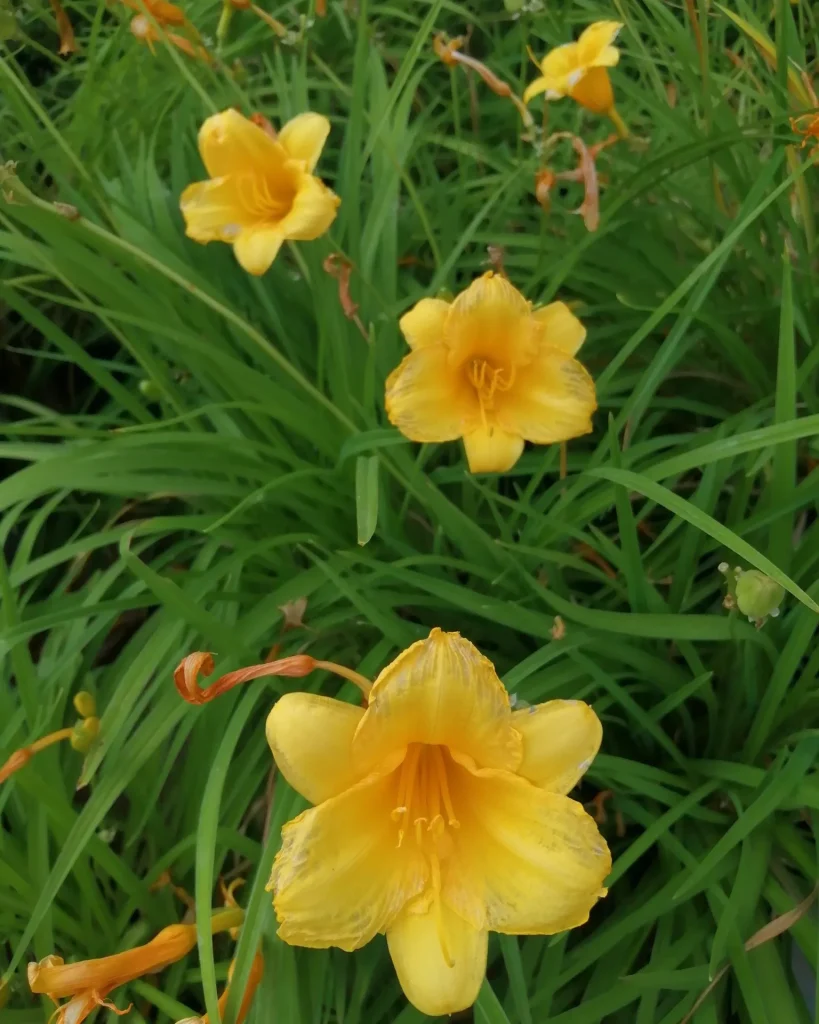FAQs About Codonanthe Devosiana
Codonanthe Devosiana is a charming and unique plant that has caught my attention for its beauty and ease of care. This plant, known for its lush foliage and delicate flowers, has become a favorite in my collection. I’ve come across several common questions about Codonanthe Devosiana, and I’m excited to share what I’ve learned through my experiences.
What Is Codonanthe Devosiana?
Codonanthe Devosiana is a member of the Gesneriaceae family, which includes other well-loved plants like African Violets and Lipstick Plants. It originates from the tropical rainforests of South America, where it thrives in the humid, shaded environment. This plant is known for its attractive, heart-shaped leaves and small, tubular flowers that can add a splash of color to any space.
Plant Family: 152 Genera in Gesneriaceae
How to Care for Codonanthe Devosiana?
Caring for Codonanthe Devosiana is relatively straightforward, making it a great choice for both beginners and seasoned plant enthusiasts.
Light: This plant prefers bright, indirect light. Too much direct sunlight can scorch its leaves, while too little light can slow its growth and reduce flowering. I’ve found that a spot near a window with filtered light works best.
Water: Codonanthe Devosiana likes its soil to remain consistently moist but not waterlogged. I water mine when the top inch of soil feels dry. Using a pot with good drainage is crucial to prevent root rot. In the winter, you can reduce the watering frequency as the plant’s growth slows down.
Humidity: Being a tropical plant, Codonanthe Devosiana thrives in higher humidity. I maintain humidity levels by misting the plant regularly or placing it near a humidifier. You can also use a humidity tray to help keep the moisture levels up.
Temperature: This plant prefers temperatures between 60-75°F (15-24°C). It’s sensitive to cold drafts and sudden temperature changes, so keep it away from windows or doors that might let in cold air.
How to Propagate Codonanthe Devosiana?
Propagating Codonanthe Devosiana is a rewarding process that allows you to expand your collection or share this lovely plant with friends.
Method: The most common method of propagation is by leaf cuttings. Select a healthy, mature leaf and cut it close to the stem. Place the cutting in a pot with moist, well-draining soil or a propagation medium like perlite mixed with peat. Cover the pot with a plastic bag or a propagation dome to maintain humidity and encourage root growth.
Care: Keep the cutting in a warm, bright location with indirect light. The soil should remain consistently moist, but avoid overwatering. Roots should begin to develop within a few weeks, after which you can transplant the new plant into a larger pot.
What to Plant With Codonanthe Devosiana?
Codonanthe Devosiana pairs well with other tropical or shade-loving plants. Some great companions include:
- African Violets: Their similar care requirements and attractive flowers make them a good match.
- Calatheas: With their stunning foliage, Calatheas complement Codonanthe Devosiana’s look while thriving in similar conditions.
- Pothos: This hardy plant can grow in various light conditions and adds a cascading effect that pairs nicely with Codonanthe Devosiana.
How to Use Codonanthe Devosiana?
Codonanthe Devosiana is primarily used as a decorative plant. Its vibrant foliage and delicate flowers make it an excellent choice for indoor plant displays. It can be used in hanging baskets, as a tabletop plant, or as part of a larger indoor garden arrangement.
Is Codonanthe Devosiana Toxic?
Codonanthe Devosiana is non-toxic to both pets and humans. This makes it a safe choice for households with curious pets or children. However, as with any plant, it’s always a good idea to monitor your pets to ensure they don’t chew on the foliage, which could cause minor digestive upset.
Common Problems and Solutions
Leaf Drop: If you notice leaves dropping, it could be due to overwatering or sudden temperature changes. Check the soil moisture and adjust your watering routine. Ensure the plant isn’t exposed to cold drafts.
Pests: While not a common issue, keep an eye out for pests like spider mites or aphids. Regularly inspect your plant and use an insecticidal soap or neem oil if necessary.
Poor Growth: If Codonanthe Devosiana isn’t growing well or flowering, it might not be getting enough light. Try moving it to a brighter spot with indirect light.
In summary, Codonanthe Devosiana is a delightful plant that is relatively easy to care for and propagate. Its attractive appearance and low toxicity make it a great addition to any plant collection. With the right care and attention, it can thrive and bring beauty to your space for years to come.
If i die, water my plants!



